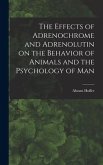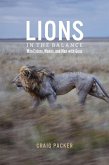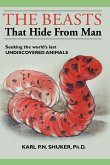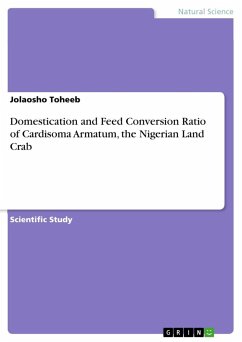Since ancient times, human societies have made use of certain animals to solve various problems. When game was not plentiful and leftover meat could not be saved from putrefaction, it was a matter of keeping a few individuals alive and gradually adapting their habits and even their morphological characteristics to captivity. In all manifestations of social activity - food supply, protection against the cold, defense, warfare, transportation, communications, hunting, land fertilization, domestic industries, trade, religious cults - it is possible to discern the role of various animal domestication techniques. Some of them, such as the horse and the silkworm, came to constitute decisive elements in the transformation of the course of history.








